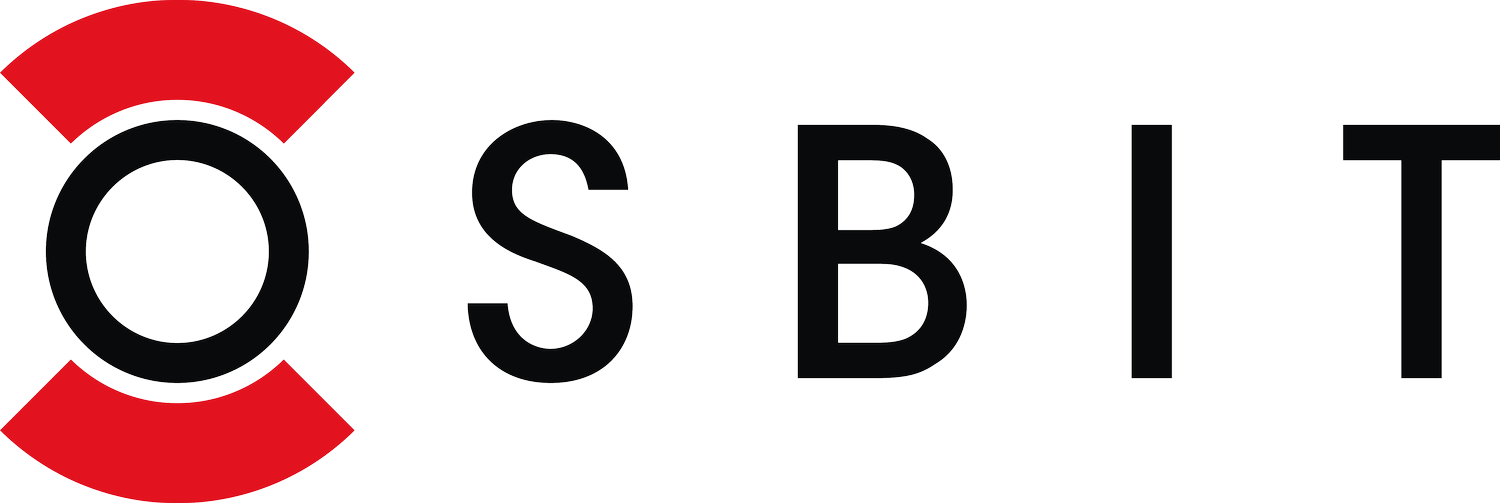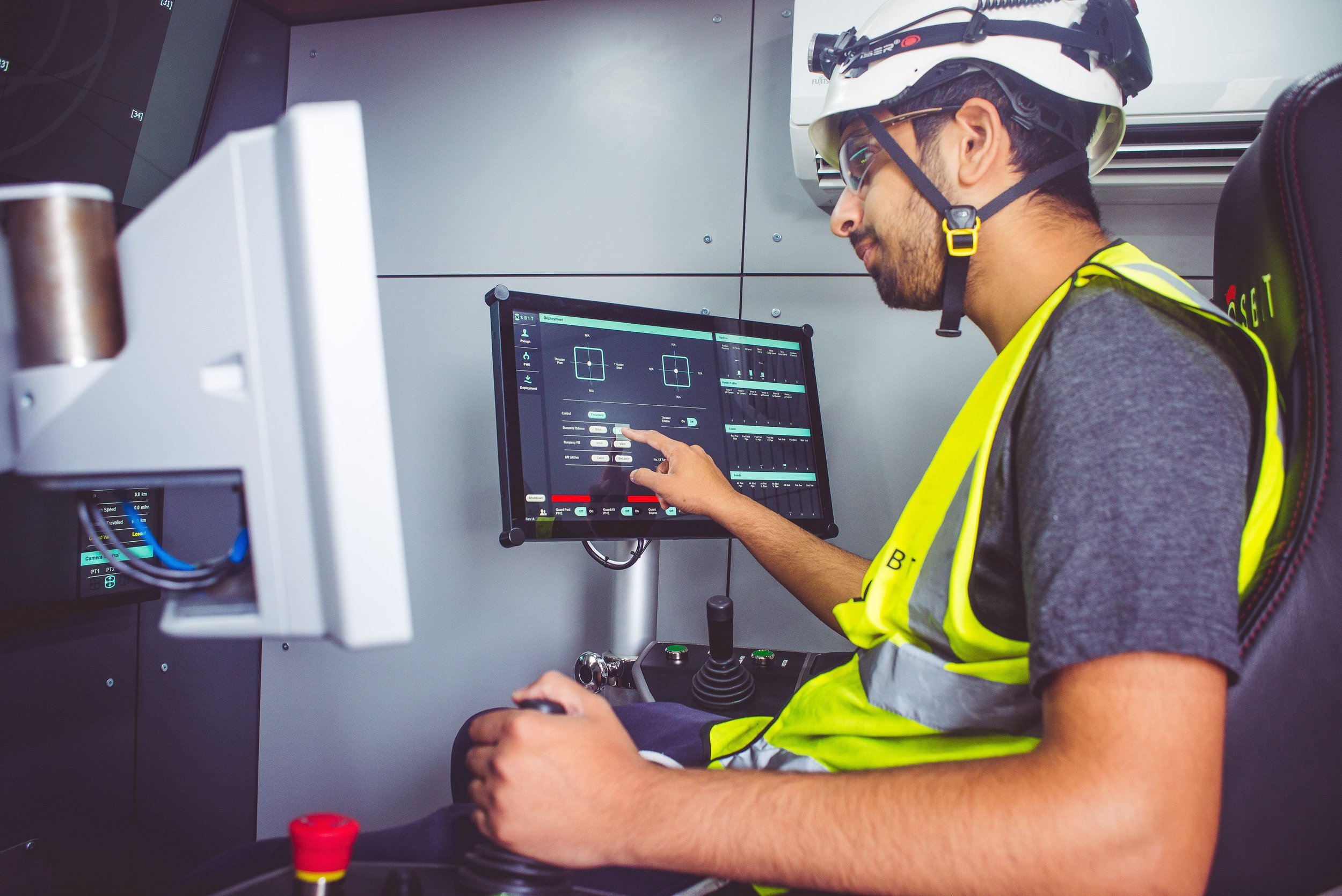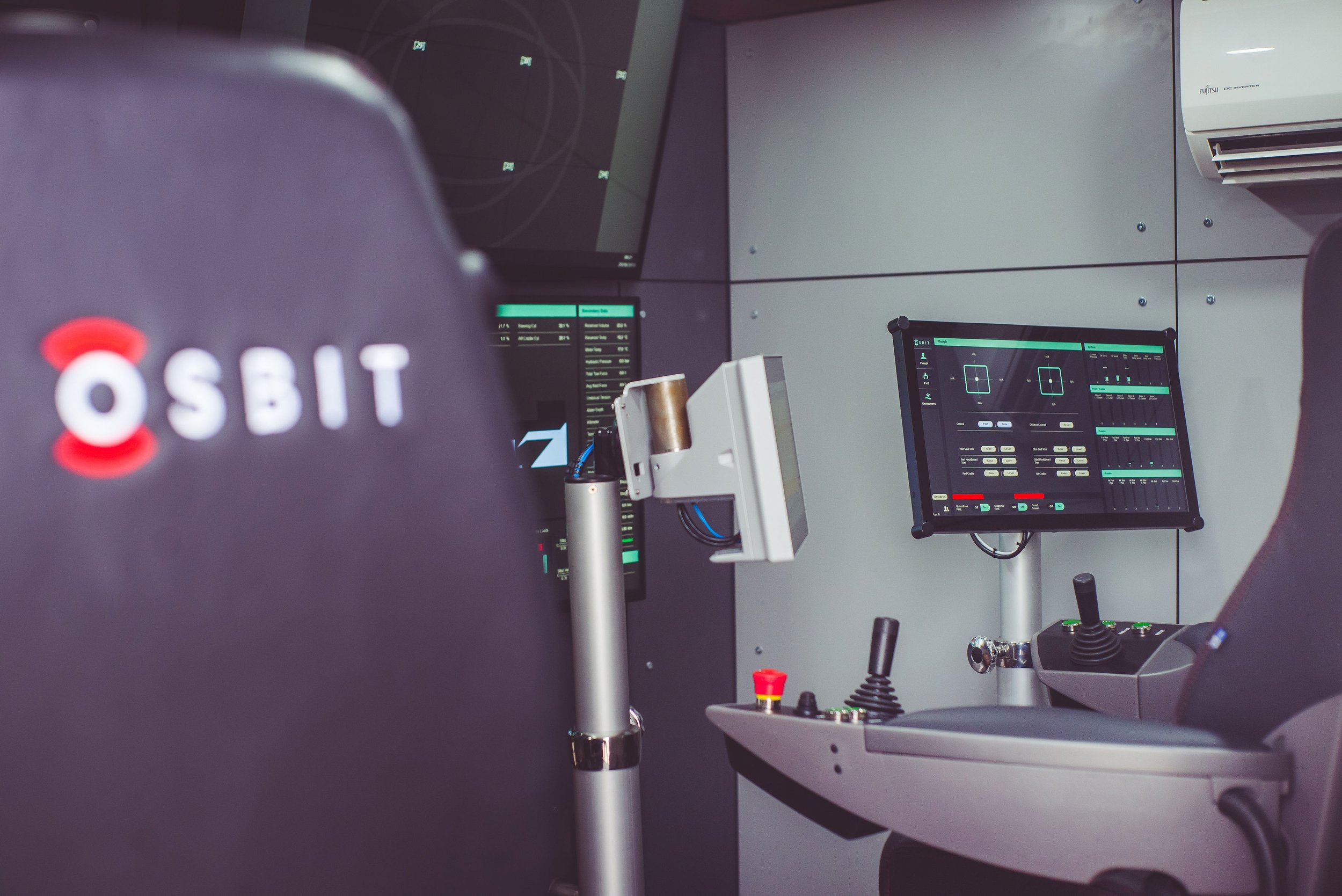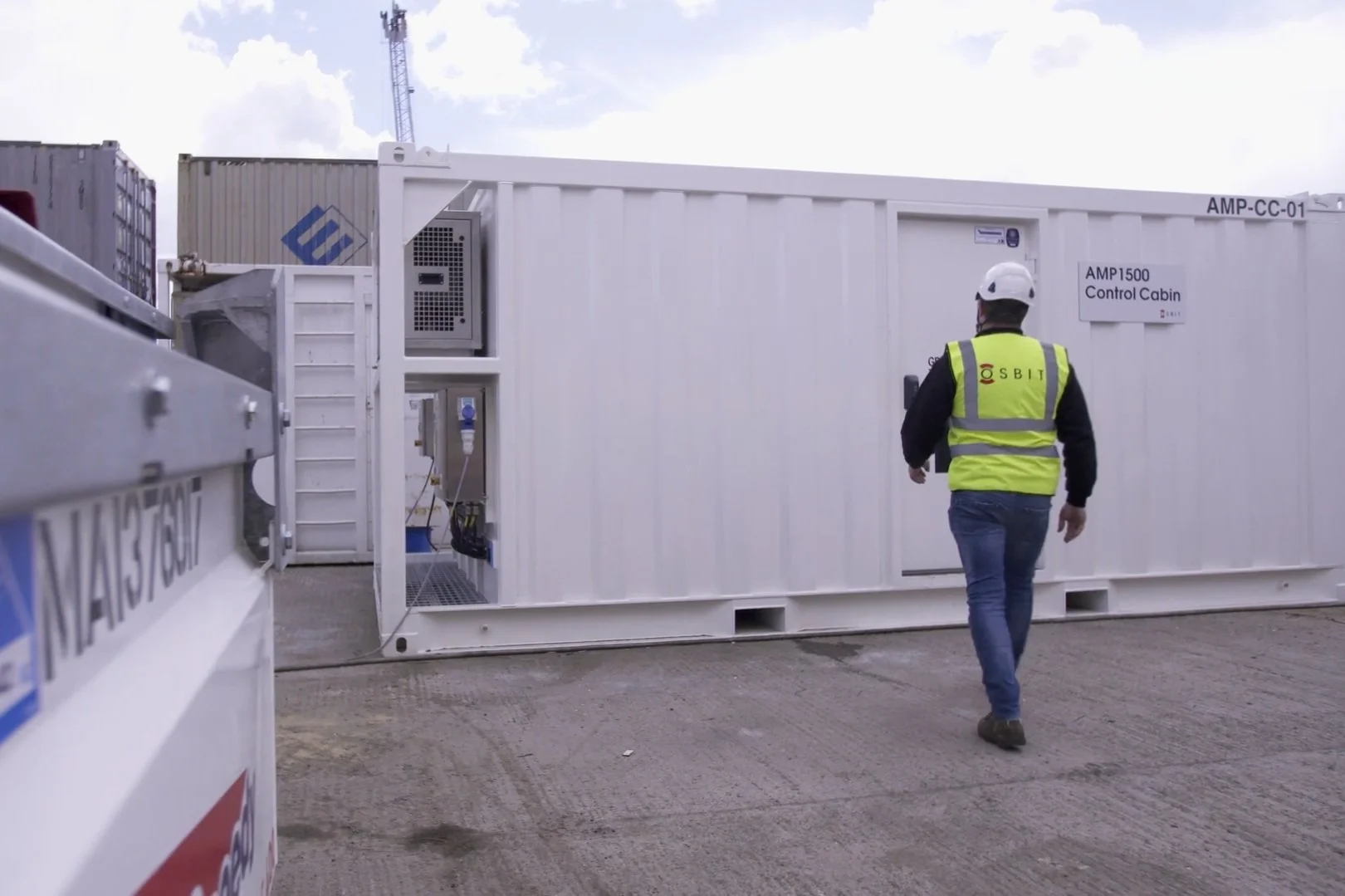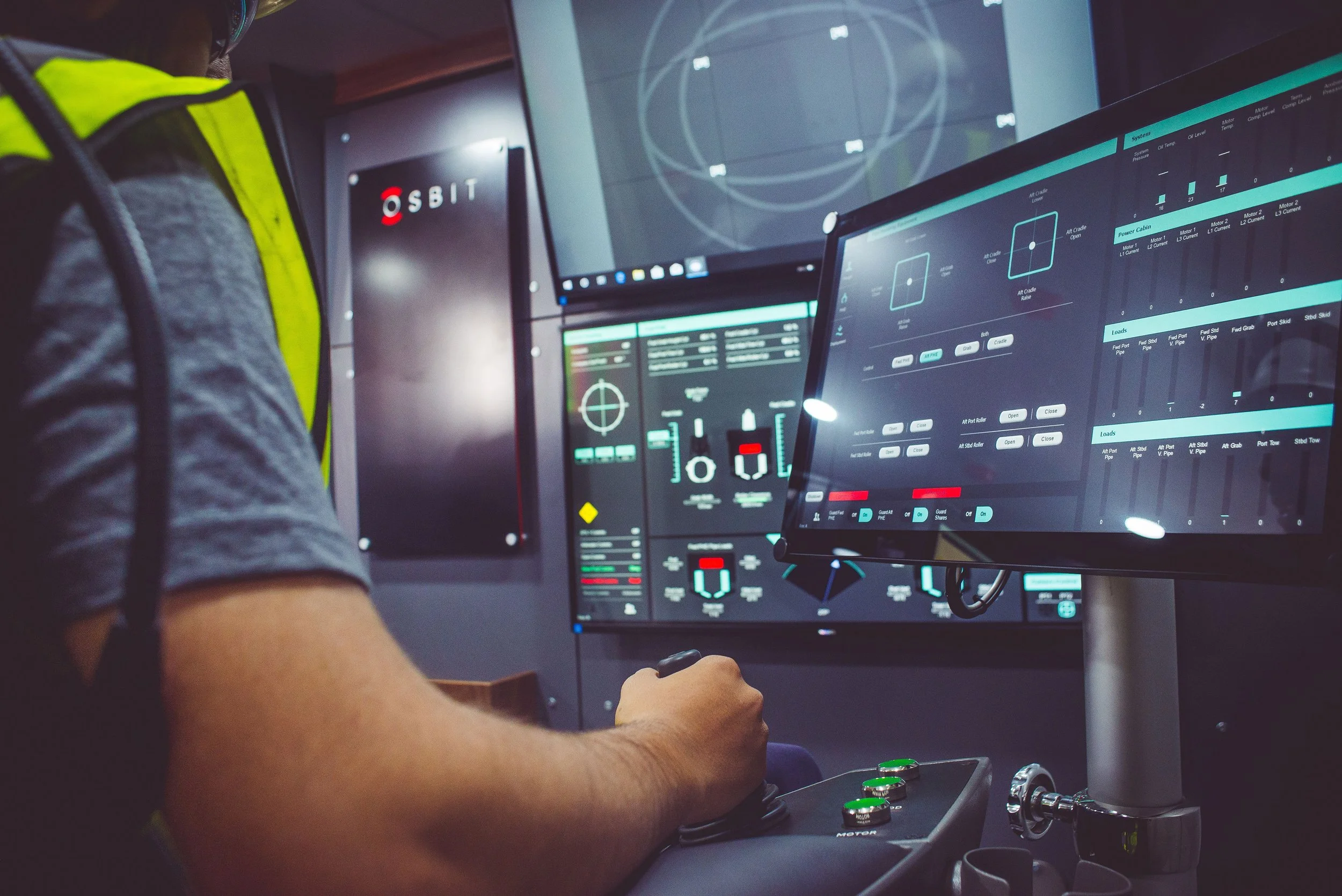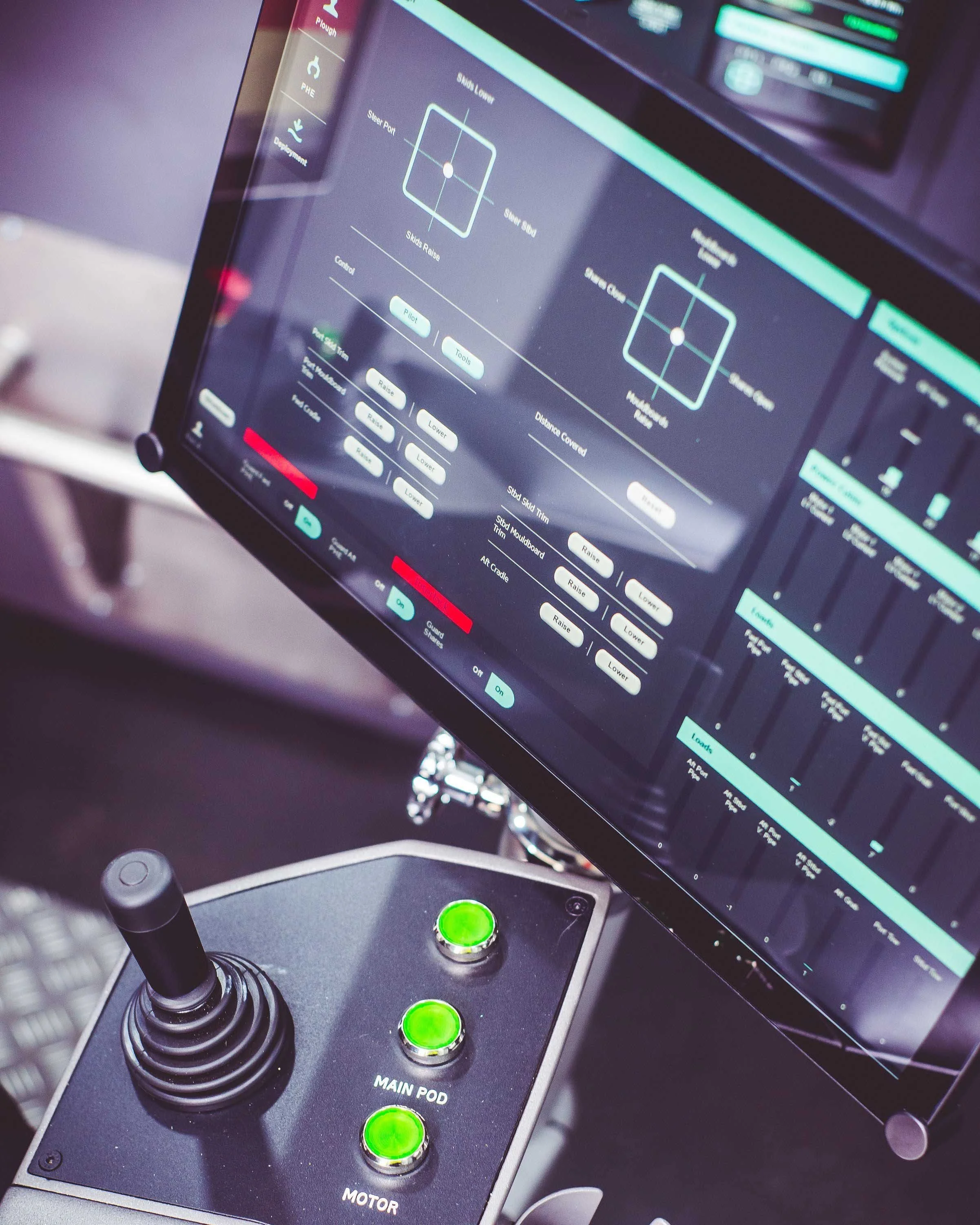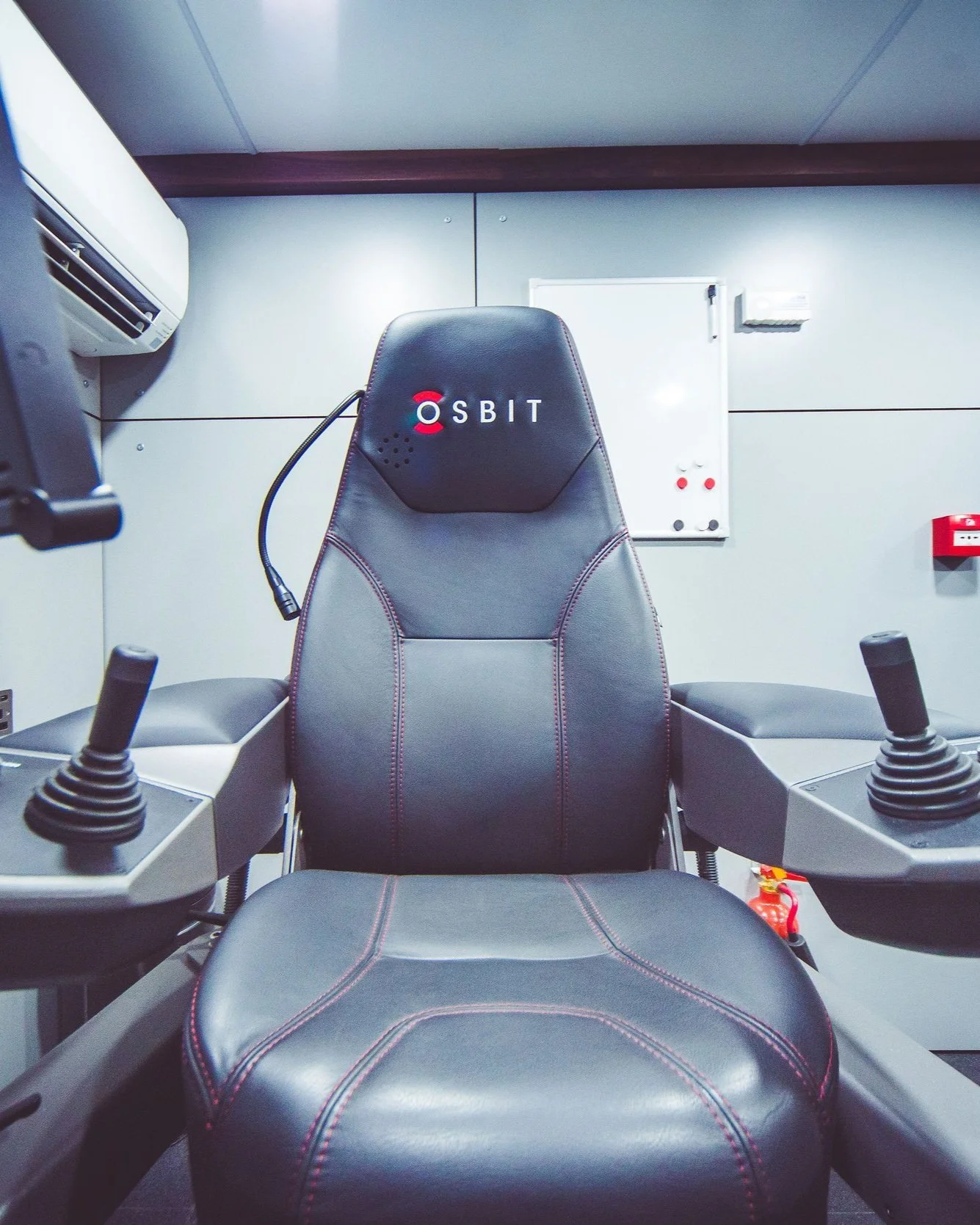Control system & cabin for subsea vehicle
Design, build, and integration of a cutting-edge new control system & cabin to enhance and increase capability on an existing subsea plough.
Developing and integrating state of the art technology.
Vessel and equipment operator DeepOcean approached Osbit to undertake a major upgrade on its AMP1500 subsea pipeline plough. The upgrade’s purpose was to increase the asset’s pipeline handling capability, to meet a new project requirement.
As well as designing and building new pipe shares and upgraded pipe-handling equipment, a key part of our scope was replacing the asset’s original control system and control cabin to provide enhanced capability and a best-in-class operating environment.
Enabling market-leading access and operational flexibility.
The new Osbit control system was designed to work in a modular way; this enabled reconfiguration to suit reuse on other DeepOcean assets, and enhanced capacity for future upgrades. It also minimised downtime by facilitating more straightforward part change-out and removal for maintenance, for components including electronics pods.
The tailored Osbit software was built on an open platform, using industry standard protocols, to ensure reliability and interrogation by personnel, with the required authority.
Osbit’s software provides class-leading levels of intuitive operation and quality feedback, that improves the operability of the asset. Extensive datalogging and live link support functionality was also included in the system software package.
Integrating an innovative new software package.
Following detailed assessment of DeepOcean’s operations, we developed a bespoke software platform to help its personnel carry out operations and maintenance tasks with reference information always to hand. The platform achieves this whilst building an operational history invaluable for diagnostics, preventative maintenance, and condition monitoring.
We integrated the following functional hardware:
Main software console networked to the asset control system.
Fixed master PC in the control cabin.
Ruggedised toughbook docked in the control cabin, but portable for use on deck as required.
Offering unparalleled control cabin ergonomics.
The layout of the cabin drew upon the BS EN 614 Part 1 standard for Ergonomic Design Principles but, based on our own past experiences working offshore, we also implemented our own design philosophy to help optimise useability and comfort for those working long hours in this small space.
The upgraded AMP vehicle incorporated two ergonomic chairs, with arm-mounted HMIs, joysticks, and push buttons within comfortable reach. Video and surveillance feeds are displayed on four wall-mounted industrial monitors, which may be configured by the operators.
We redesigned the cabin to incorporate a designated desk area for supervisor tasks. And, as most operators work in low light, we optimised our screen colour schemes to suit use in darker conditions.
As well as the usual combined heating and air-conditioning units, the cabin was outfitted with ample wall mounted storage for operator convenience and extra touches such as an integrated coffee machine, magnetic whiteboards, and push-button lockable cupboards to keep items securely stowed in the most challenging sea conditions.
“The enhancements we asked Osbit to undertake on the AMP1500 will keep us ahead and ensure that we have the most capable pipeline and backfill plough spread available in the market. We appreciate Osbit’s expertise and input and look forward to exploring future opportunities together.”
